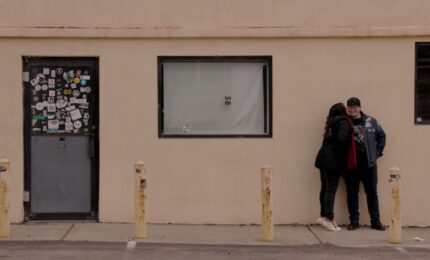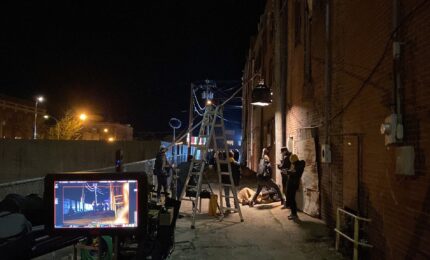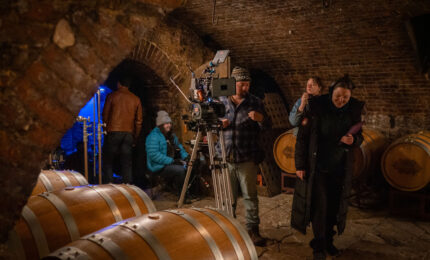The Rise of Vertical Productions
By Grace Smith | September 3, 2025
Fifty years ago, there were three networks on television for you to choose from when picking a new series. In the 2010s, the rise of streaming services branched out from traditional broadcast, giving audiences exponentially more platforms to find the latest television show on. But in recent
years, the newest form of series viewing hasn’t been on a television at all, but on your phone.
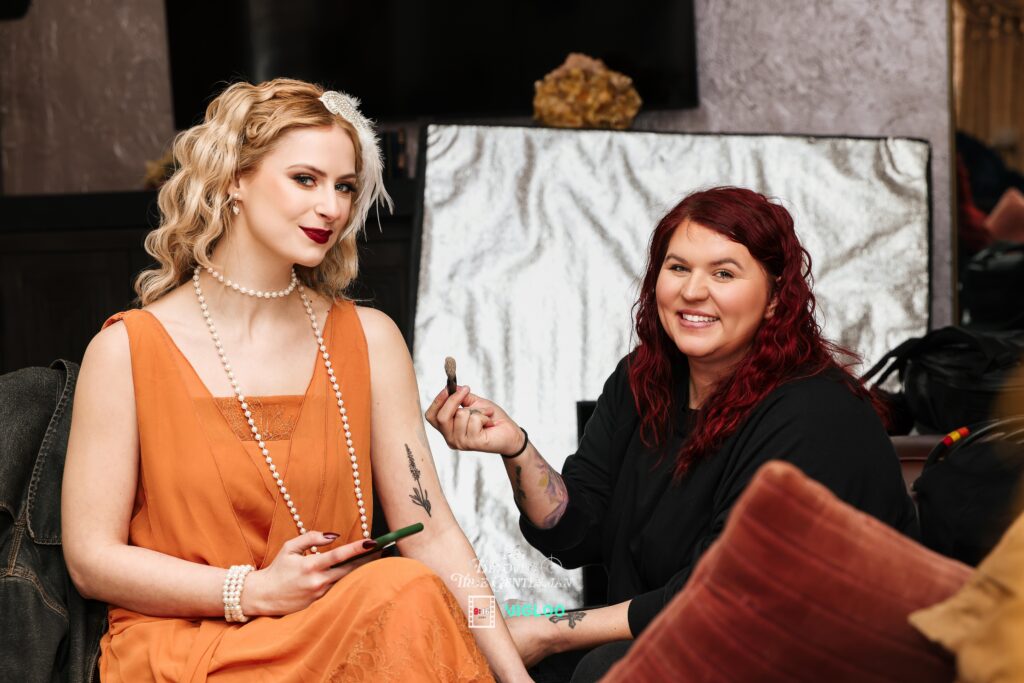
Vertical production has had a boom in recent years. A “vertical” refers to a series filmed in an aspect ratio designed to be viewed on a phone, similar to a TikTok video or Instagram reel. A vertical series often has 60-90 episodes; each one is one and a half minutes long. These bite-size episodes capture short attention spans and encourage users to keep scrolling to watch the whole story on platforms like ReelShorts and DramaBox. The format originated in Asia but has spread to become a global sensation.
Crazy Maple Studios, the top vertical production company in the US, was named one of the
Time100 most influential companies of 2024 and generates upwards of $120 million a year. But there are many production companies that are getting in on the action, including one in Kansas City, 9:16 Productions.
“We’re proud Kansas City natives,” says Joy Quinn, co-owner of 9:16 productions, who also
serves as a producer, artistic director, and production designer. “We love this city and are passionate about growing the local film community and creating opportunities for others here.”
“I like that we are developing something new, growing a new community, a group of creatives here, because of the vertical shows we have been bringing to Kansas City,” agreed Max J, co-owner of 9:16, who also serves as executive producer and director. “Just like that some movies were filmed in [Missouri], like Gone Girl and Ozark. I want people to know that, ‘Oh, that vertical was filmed in Kansas City,’ years from now.”
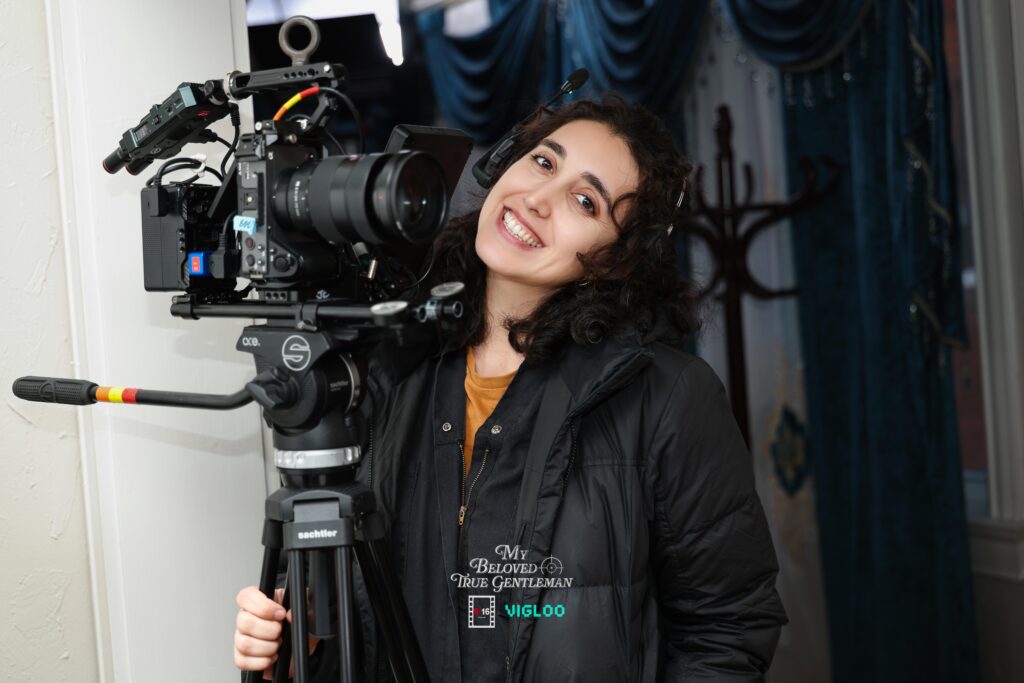
Production for verticals is much more fast paced than traditional series production.
“Vertical productions are quite unique in structure and timeline,” says Quinn. “Pre-production typically lasts 3–4 weeks, filming takes 6–9 days (rarely more than 12), and post-production wraps up within 1–2 months. These series are then released on vertical streaming platforms such as Reelshort, Dramabox, Netshort, and CandyJar. Although the total runtime equals that of a typical feature film, verticals are broken into short episodes—each lasting just about 1 to 1.5 minutes. Viewers scroll through the episodes rapidly, completing the series in one quick burst.”
With this fast pace, production can be a very demanding experience.
““Verticals are high drama, with distinguished tropes. So, each episode is significantly shorter than a traditional TV show. And in terms of the production, it’s very intense and condensed,” says Billions. “I view it as film school boot camp.”
.”
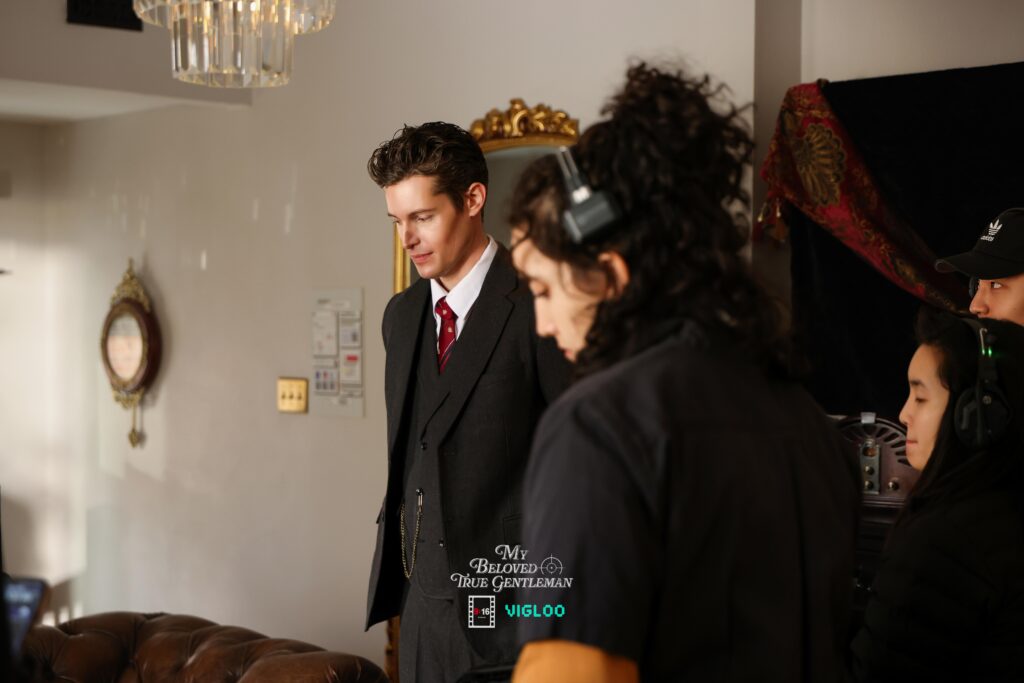
Billions and Quinn were collaborators for several years before taking the jump into vertical
production. For three years, they worked together on a project for the Nelson-Atkins Museum of Art in Kansas City.
“A project titled ‘A Step Back in Time,’” is where Quinn said they got started. “In this project, Max photographed and filmed individuals dressed in authentic Qing Dynasty robes, hairpins, and antiques as they performed traditional Chinese activities such as tea ceremonies, dance, calligraphy, and music. This work evolved into several mini film projects and documentaries, all directed by Max, who is an incredibly talented cinematographer and photographer. He also works professionally in this capacity for the University of Kansas (KU). We’ve also teamed up on multiple commercial projects.”
And then when the opportunity came along to start vertical production, the pair were excited to take the chance on the new format.
“Someone in the Kansas City Chinese community was looking for a production house to film some short web series. So my friend and I jumped in without knowing what it would look like down the road. And everything just snowballed from there. So the serendipity of life,” said
Billions.
Both Quinn and Billions believe that verticals are on the rise, and the format will continue to grow.
“I believe vertical storytelling is on the rise because it offers instant gratification,” said Quinn. “The fast-paced, often outrageous storylines provide an escape from everyday stress. Let’s be real—platforms like TikTok and Instagram have influenced viewer habits, and attention spans
are shifting. Many people now prefer ‘bite-sized’ dramas that give the feeling of a full series but can be consumed in 60 to 90 minutes—without committing to 10 hour-long episodes. These shows are quick, engaging, and easy to watch without requiring much focus.”
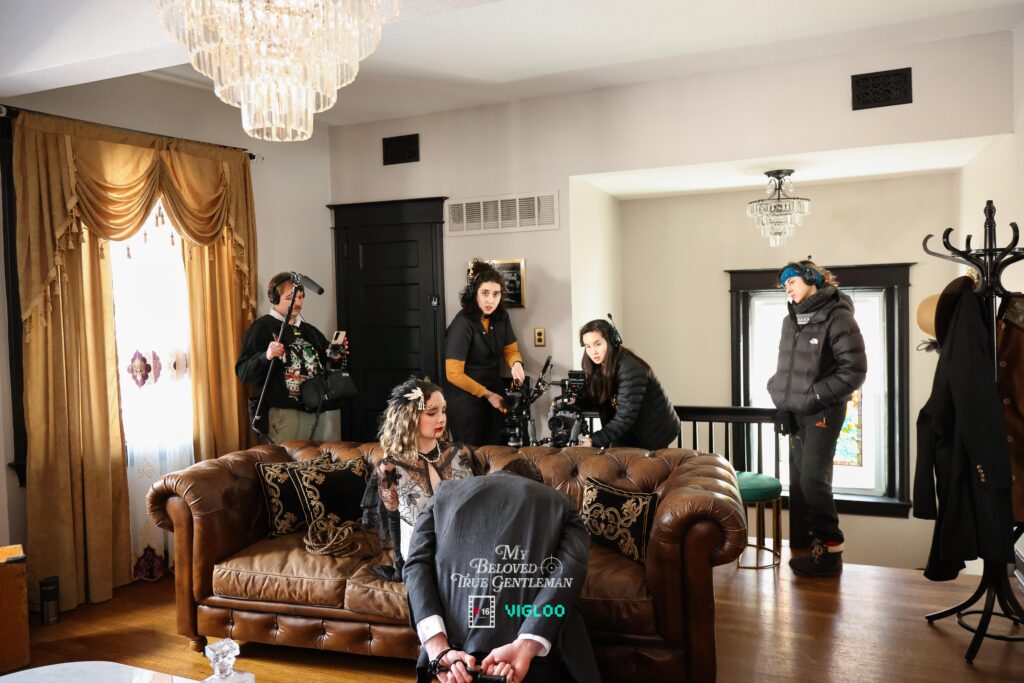
And Quinn wants to share the fun of verticals with the world, both as audience members and as crew and creatives.
“We want people to know that vertical sets are a lot of fun to work on,” she said. “While we may not operate with the massive budgets of major commercials or feature films, we offer a creative, collaborative, and welcoming environment. Working on verticals is a totally different experience—and one we truly enjoy sharing with others.”
Billions also stresses that verticals are a new format, and everyone in the industry is still
learning about it.
“I’d like people to know that it is a new thing, and it is still growing and developing, so be patient whether you are the audience or a crew member. And eventually, it will be very regulated and high quality.”
If you are interested in learning more about vertical productions, check out the 9:16 Podcast wherever you like to listen. If you are interested in working on a vertical, make sure your listing in the Production Services Directory is up to date.
Email mofilm@ded.mo.gov if you want to learn more.

